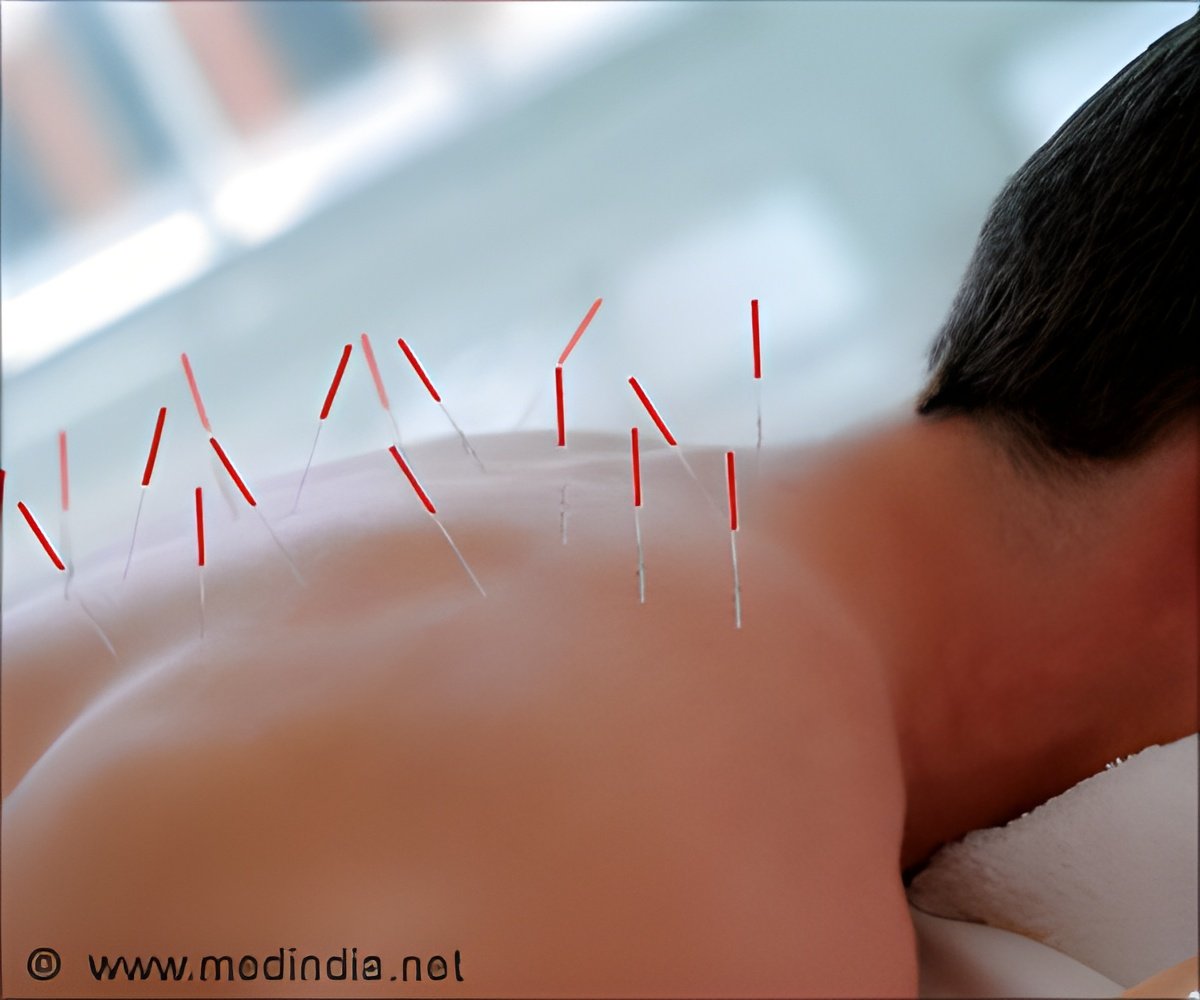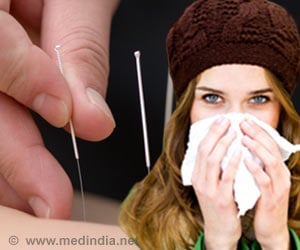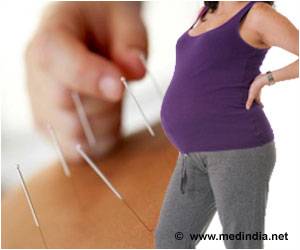The quality of acupuncture needles is good, but still has a lot of room for improvement in order to avoid potential problems such as pain and skin reactions, finds research.

In China, traditional Chinese medicine including acupuncture, accounts for 40% of all medical treatment, while in the West, acupuncture is one of the most frequently used complementary therapies.
An estimated 1.4 billion acupuncture needles are used each year worldwide, with China, Japan, and Korea the main suppliers. China provides up to 90% of the world's needles.
The growing popularity of acupuncture in recent decades has led to an increased focus on the safety and quality of this therapy, and adoption of single-use disposable needles has reduced the risk of infection.
But a study of widely used acupuncture needles published a decade ago in AiM showed that several had surface irregularities or distorted points which could have led to allergic or painful reactions. Since then, there has been no further research in this area.
A team of researchers in Australia therefore looked at the surface conditions and other physical properties of the two most commonly used stainless steel acupuncture needle brands.
Advertisement
The researchers also compared forces and torques during the needling process.
Advertisement
If these needles had been used on patients, the metallic residue could have been deposited in human tissues, potentially causing reactions, such as dermatitis, although these reactions are reported extremely rarely, say the authors.
Malformed needle tips could also have caused other problems, including bleeding, bruising, or strong pain during needling, which are quite common, they suggest.
Acupuncture, overall, is very safe, but it should be made even safer, say the researchers. "Acupuncture needle manufacturers, including the well established ones, should review and improve their quality control procedures for fabrication of needles," they conclude.
In an accompanying podcast, Dr Mike Cummings, medical director of the British Medical Acupuncture Association and associate editor of the journal, comments that the pictures taken for the current study indicate that the needles "look as awful as they did 10 years ago."
He adds: "We don't know if [this problem] is common to all needles, but it seems like it does happen with acupuncture needles."
But he emphasises that acupuncture is safe, pointing out that "It's highly unlikely that [poor needle quality] will affect patient health."
If people experience pain during acupuncture, they should ask their practitioner to check on the quality of the needles they use, he advises.
Source-Eurekalert










